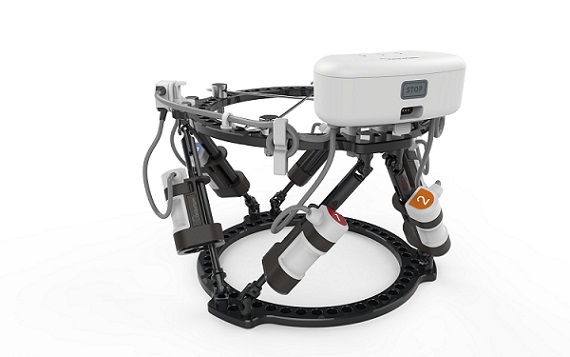Elizabeth Hofheinz, M.P.H., M.Ed.
These days, it would seem difficult to OVERuse the word “unprecedented.” Alas, a never-before-seen pandemic requires unprecedented action. Now, a Seattle, Washington-based startup— Signetic—is offering up just that in the form of a mass vaccination software (MVS) solution.
“Ours is a fully digital customized end-to-end COVID vaccination solution for multi-location clinics and hospitals,” said Matt Paulin, VP of Product. “With the never-before-seen need in play, our focus is on getting it done fast…and done right.”
90-second solution
With an average fulfilment time of 90 seconds per patient, the Signetic MVS features a simple registration area with guidance on location and time options for each of the two required doses. Patients are told what they need to bring, the name of their provider, and are asked to complete a brief health screening.
Describing the backstory, Matt Paulin told OSN: “About 10 years ago I was at a different company, working on a flu vaccine system with Neal Baum, founder of the Seattle Visiting Nurse Association. In June 2020 I received a call from Neal saying, ‘Can you do for Covid what you built for us 10 years ago?’”
Paulin took that charge and ran with it. Lukas Svec, VP of Digital Transformation at Signetic, started the process off.
“Whereas my original program was built in Java, Lukas did everything with the Microsoft Power Platform, which is very scalable, sturdy, and HIPAA-compliant.”
The system was ready in eight weeks and was tested over the fall via 40,000 flu vaccines. Paulin: “We were learning on the go, putting up drive through locations and tents. At that point no one knew what a Covid vaccination would be—pill/patch/shot. But the flu vaccine system was easily retooled for the Covid vaccine.”
“We were contacted by people at the Seattle Visiting Nurse Association, who were getting calls from Snohomish county representatives to begin the process. As of now, we have done roughly 4,000 Covid vaccines, the Seattle Visiting Nurse Association is hiring nurses and nailing down the logistics.”
“Time is of the essence,” says Paulin. “Typically, when a government has to create software there is a proposal process that tends to be slow. Now, we get the specs up front and are customizing as fast as possible.”
Clinician perspective
“Clinicians have an app where they find patients’ names in the system and can see when the two different appointments are for any individual. There is also a portal that includes clients, regions you want to create locations for, clinic sites associated with those regions, times available, and reporting information for local and state agencies.”
Asked about security, Paulin noted, “The program is built on Microsoft Stack, so it includes HIPAA. There is no caching on the devices. In the event that a hacker got into the system, each customer is isolated from everything else.”
“We are looking into pop up sites where we can do 1,000 vaccines in one neighborhood, something that is truly necessary in our underserved communities. We can make this very easy, such as in a parking lot or a field. The message to the community would be, ‘Here is the time period that vaccines are available’ (instead of having an appointment).”
And their overarching goal?
“We want to help 200 million people,” says Paulin. “We are in conversations with Lebanon, Australia, and other countries. We are on track to make it happen.”







